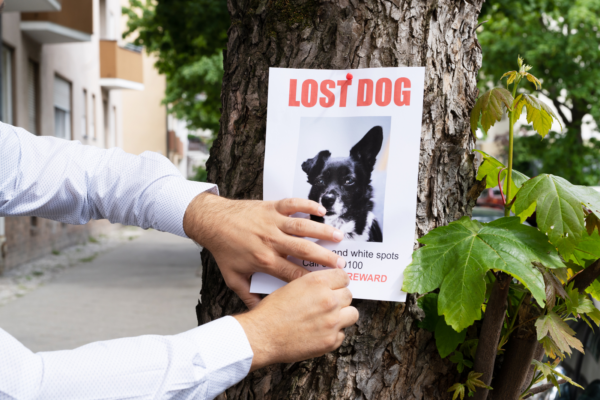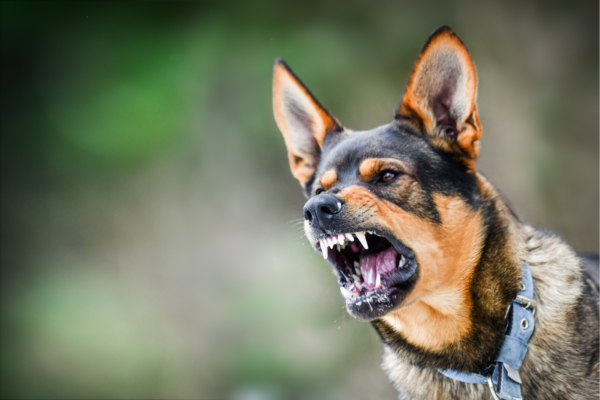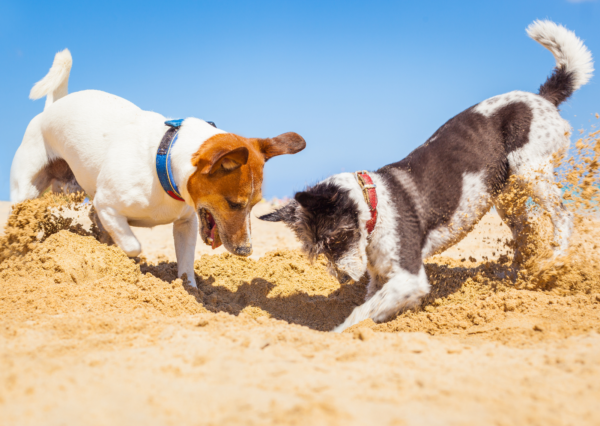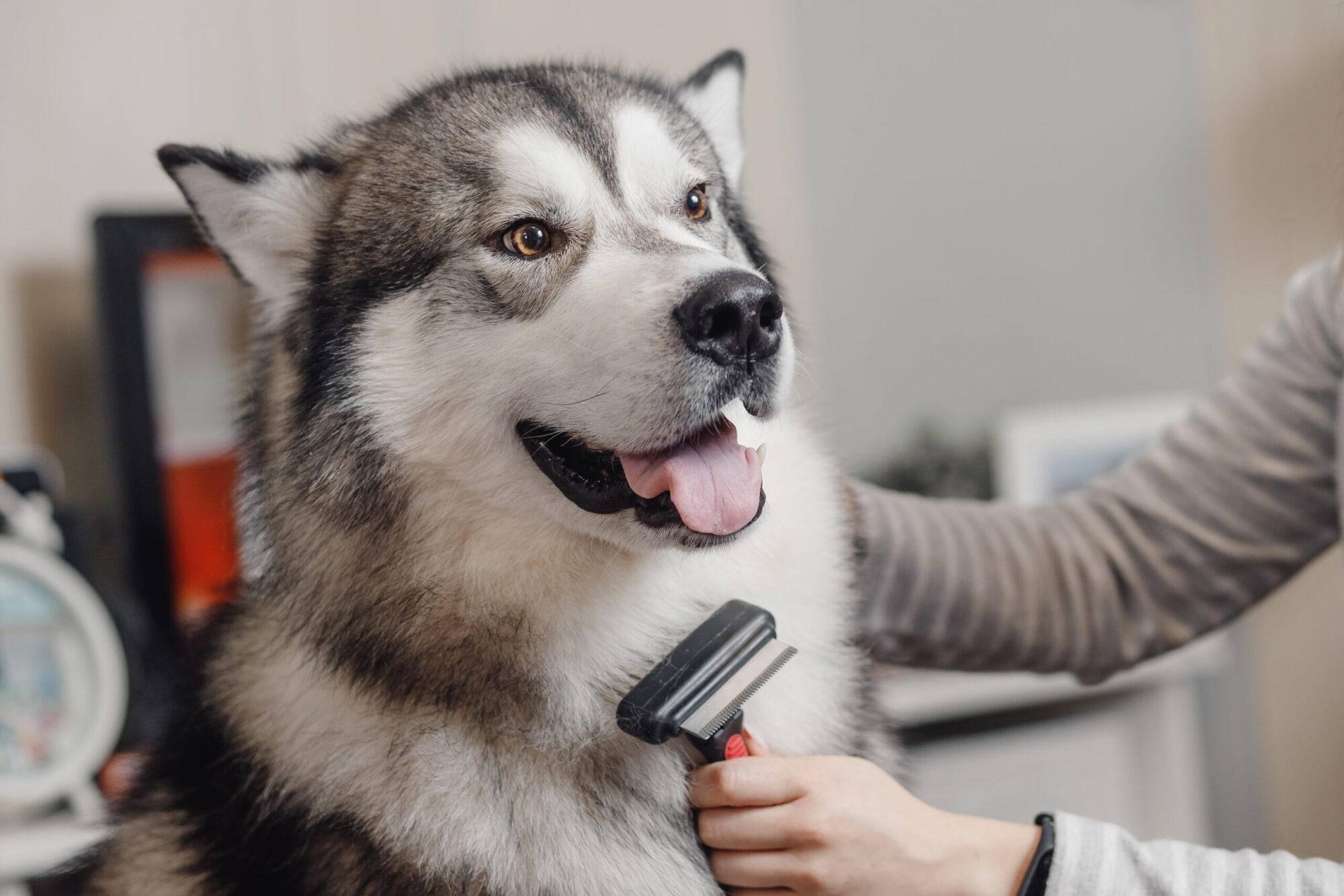How to start with dog grooming? – choosing the right dog groomer
Grooming is an essential part of the care you need to undertake with your dog for their health and wellbeing. This applies to short-coated or smooth breeds as well as those will lots of hair. It should be a pleasurable experience that builds a good relationship with your dog.
When to start dog grooming?
Grooming should start as soon as you get your new dog. If it is a young puppy then the introduction to grooming should be undertaken before they reach 16 weeks old and this will include short trips to the grooming salon.
When to start puppy grooming?
Keep it short. Don’t attempt to groom all your puppy in one go, and this applies to the salon visits too. This is likely to overwhelm them and make it harder on the next occasion. Pairing the experience with some tasty food; something they can lick that will last a while. Cream cheese, baby food, peanut butter (ensure it does not contain Xylitol which is toxic for dogs) or wet dog food. Lickimats are great for this but you can easily spread it on a floor or table leg. If your puppy tries to move away, then allow him to. Don’t be tempted to restrain them. Giving them some control will make things much easier in the future. TIP: if they stay with you and happily eat then continue the grooming, if they move away that is your signal to stop for the day.
Introduce them to water as early as possible. Begin with rewarding them for stepping on a wet towel, move the wet towel to the bath or shower cubicle, add a few centimetres of water, trickle water on a leg etc. A small step at a time is the key and associate each stage with food. Only move forward when they are comfortable with the existing step TIP: a visit to the sea is an opportunity for them to encounter water. Don’t use force but allow them to paddle if they wish.
Grooming Adult Dogs
Dogs of all ages should be introduced to grooming at their own pace, so the same guidelines apply as for puppies. If you have a dog who is already exhibiting signs of stress or fearfulness with grooming then you can try to use the puppy introduction method with them, using food to make good associations. If the dog is growling, snapping or biting then the assistance of a behaviourist or Fear Free Groomer TM will be required. Remember that your dog will need grooming throughout its life so making it a good experience is essential for his well-being.
Dog coat types
Smooth Coat

Dogs with smooth coats require minimal grooming; however, a daily health check for ticks, grass seeds etc is still important. A regular brush with a rubber brush or grooming mitt will usually suffice and an occasional bath if you feel they need it. Example breeds: smooth dachshund, Weimaraner, pointer.





Curly Coat This group includes a variety of breeds with differing grooming needs. Some of the breed have very tight coats that are very hard to brush and are regularly clipped short such as a Spanish Water Dog. Others such as a curly-coated retriever require regular brushing to remove dead hair. Example breeds: Portuguese Water Dog, Irish Water Spaniel Lagotto Romagnolo Wire Haired Wire haired breeds are traditionally hand stripped that involves the pulling out of the dead hair by hand. A wire coat requires this twice per year when the coat is very long and unruly, know as a ‘blown’ coat. The dead hair comes out very easily when ready. Wire-haired dogs can also be clipped, and this is a good option for dogs that dislike hand stripping and for owners who like to keep their dogs looking neat. Example breeds: Border Terrier, Wire-haired Fox Terriers, Dachshunds and Jack Russell Wool Coat This group includes the traditional wool-coated breeds such as poodles and Bichon Frise and also the cross breeds such as cocker poo & labradoodle. All of these dogs require extensive grooming both by their owners and at the groomers. Daily brushing and combing are required and 6 weekly trims at the groomers. Many of the cross breeds come with difficult coats that can be hard to manage at home and usually require short clipping to keep them healthy. Overgrown and matted ‘doodles’ lose air circulation to their skin, making health checking and care difficult and have to experience uncomfortable short clipping to the skin. Silky Coat This group incorporates a variety of breeds and the level of grooming can vary. Working spaniels are often bred with short coats that just require regular brushing and some hand stripping. Others with longer coats are more usually clipped short as they get knotted very easily and tend to pick up a variety of vegetation due to their need to investigate the undergrowth. Other breeds in this group include Yorkshire Terriers and Maltese. Those in pet home are usually trimmed fairly short as they have a tendency to knot easily; however, they look wonderful with long, full coats if you are prepared to groom them daily. Double Coat This group includes the Collies and Sheepdogs. They require twice weekly brushing and combing to remove the dead undercoat. This gets particularly thick on the back legs. The outer coat is rarely touched; however, their ‘trousers’ are often lightly trimmed to keep them cleaner. Example breeds: Rough Collie, Australian Sheepdog, Border Collie.
Choosing the right dog groomer
This may not be an easy task, but the best advice would be to do some research, preferably before getting your dog. Some tips to look for:
– Look for insurance and qualifications – remember this is an unregulated industry – Look for a Fear Free Certified Groomer TM if you are lucky enough to have a local one. – Visit the salon and ask to watch a groom. Look at the way the dog is handled, in particular, the amount of restraint used. Kind handling and minimal restraint. The dogs should not have a noose so tight around their necks that they cannot move, or have additional ‘gadgets’ used to prevent movement – If you are not welcome to watch (for whatever reason), find another groomer. – Don’t go for the nearest or the cheapest. – View care of your dog over the trimming skills of the groomer – your dog may come home with an amazing haircut but go through some aversive handling to achieve this – Use of lickable food in the salon is a good sign – Ask to attend with your dog for the first few sessions so you can offer food and keep any eye on stress levels. As before, if this is refused, find somewhere else – For puppies, look for a groomer that works towards a full groom gradually, not on the first visit – Remember that your dog’s welfare and the way he is handled at the salon should be your key guide in your choice – Ask other dog owners for recommendations
Equipment to grooming dogs
This will vary with coat type and there are lots of options to choose from. Here are some ideas
Dogs that moult heavily
- a FurminatorTM is a good choice and they are available for short and long coats
- Long haired breeds – Rakes, slicker brushes, comb. Choose a size appropriate to your breed size
- Short coat breeds – rubber brush, bristle brush
Spaniels and Wire-haired breeds
– Coat Kings need to be used gently by are great for removing dead hair.
– Wire Palm Brush great for removing vegetation from spaniels and other long-haired dogs. Perfect to care for wire coats
Poodles & Doodles
– slicker brushes, comb – essential to use both
– Expensive but great are Les Pooches brushes. The Mat Zapper is particularly good
Having Trouble?
If the dog is growling, snapping or biting then the assistance of a behaviourist or Fear Free GroomerTM will be required. Remember that your dog will need grooming throughout its life so making it a good experience is essential for his well-being. Get help, don’t wait until the dog can no longer be groomed.
See also other posts:
June 30, 2023

Get Your Lost Dog Back Home Quickly: Follow These 12 Tips for Success
Vacations favor more frequent and longer walks with our furry friends. We travel, visit new places. Summer makes us loosen our brakes and allow our…
June 30, 2023

Managing Aggressive Dog Behavior: Tips for Peaceful Living
Living with an aggressive dog may seem challenging, but it can be peaceful and manageable with the right approach. One key aspect is to remain…
June 30, 2023

Unlocking the Secret to Successful Puppy Socialization: Quality over Quantity
Today, although the topic is very important, I will keep it brief. Socialization is a topic that could fill books or scientific papers. However, today…

